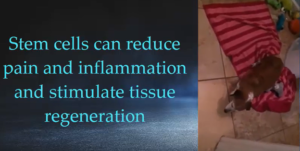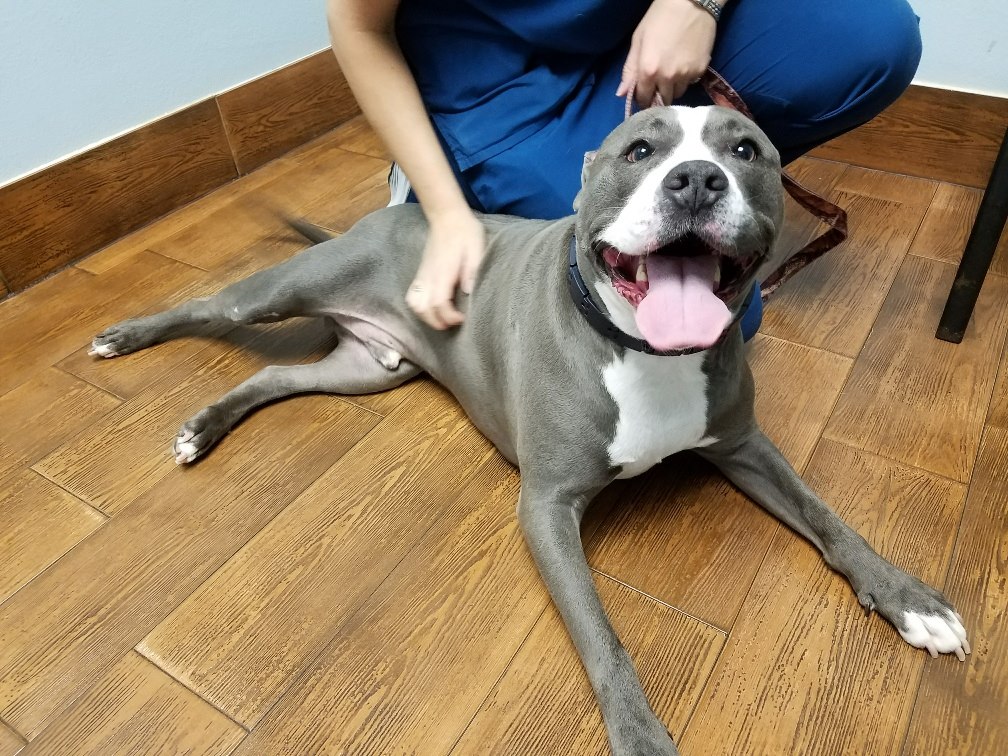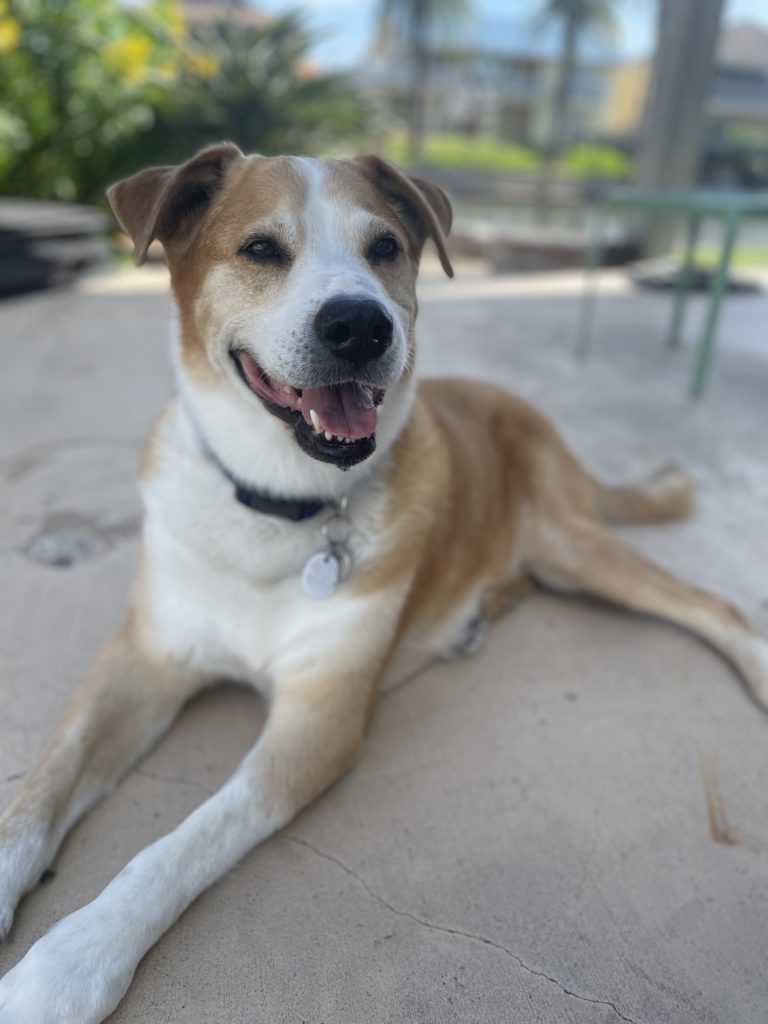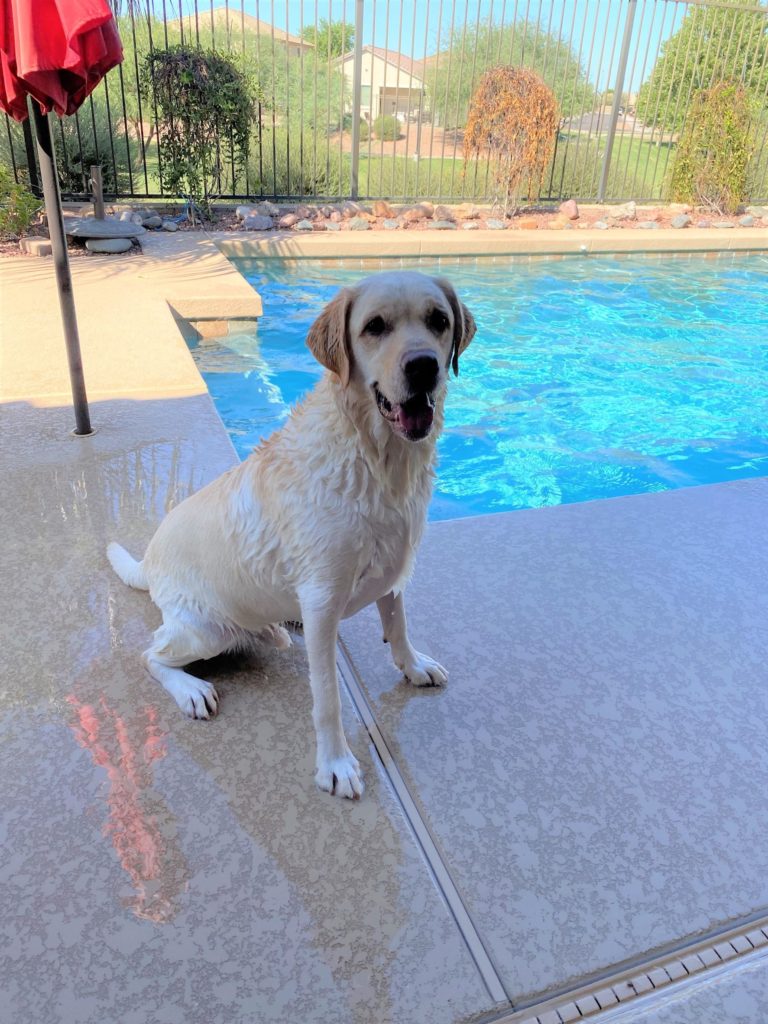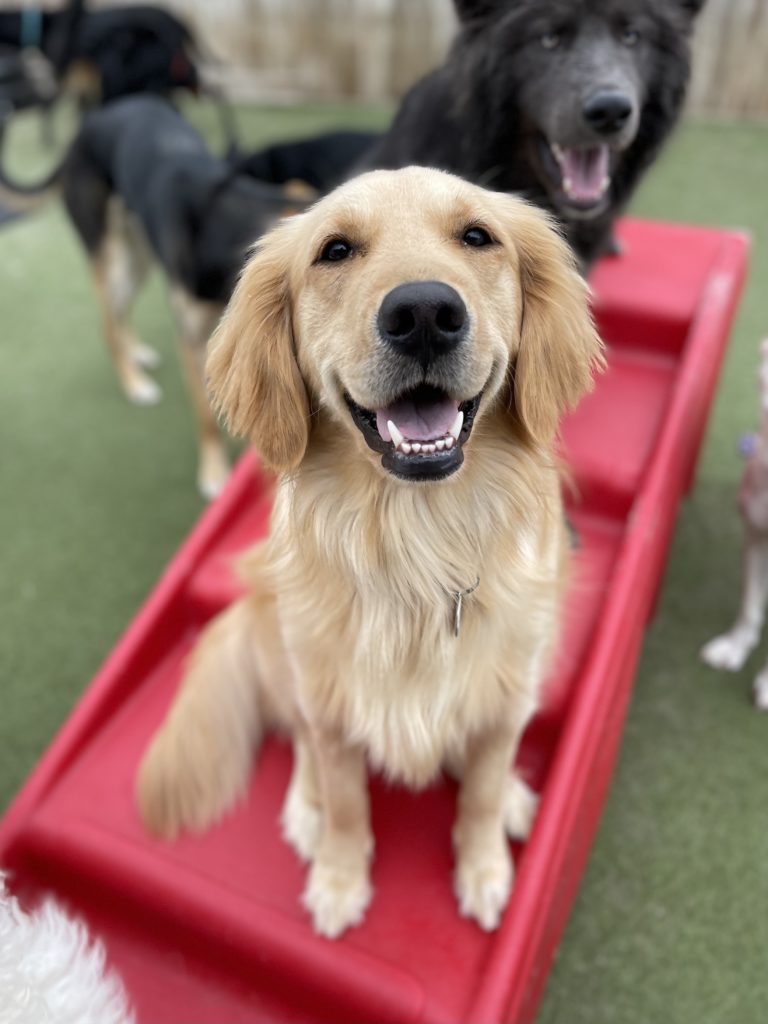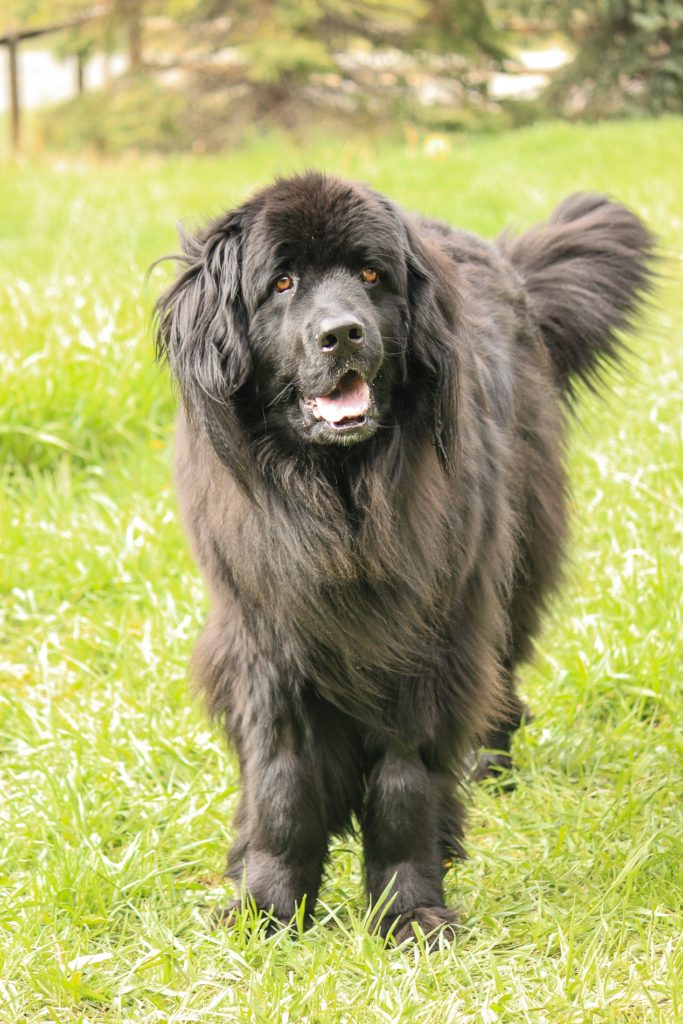VetStem Cell Therapy Helps Collie with IBD
July 21st is World Collie Day so we thought it fitting to share Casey’s VetStem success story. Casey is a Rough Collie who began experiencing symptoms of Inflammatory Bowel Disease when he was around 4 months old. At first, he was not eating regularly. This was followed by frequent bouts of diarrhea and vomiting. After trying multiple diets and medications with no success, numerous diagnostics including X-rays, bloodwork, ultrasound, and biopsies of his GI tract led to a diagnosis of Inflammatory Bowel Disease (IBD).
IBD is a gastrointestinal disease that can affect both dogs and cats. It is characterized by inflammation of the intestines and can cause vomiting, diarrhea, reduced appetite, and weight loss. IBD can be a frustrating disease because a definitive diagnosis can be time-consuming and costly, traditional treatments are life-long and can be complex, and the animal often continues to experience symptoms of the disease despite treatment.
Though Casey was on a special diet and multiple medications, his symptoms were minimally controlled. This went on for about three years until his bloodwork revealed elevated liver enzymes, which was a result of his steroid medication. It was at this time that his veterinarian recommended treatment with VetStem Cell Therapy.
Stem cells have demonstrated the ability to down regulate inflammation, modulate the immune system, and repair damaged tissue. Multiple animals have been treated with stem cell therapy for IBD and experienced a relief in symptoms and an improved quality of life. After some research, Casey’s owners agreed to move forward with VetStem Cell Therapy.
To begin the process, Casey had fat collected from his abdomen in a minimally invasive anesthetic procedure. The fat was aseptically packaged and shipped to the VetStem processing laboratory. Lab technicians processed the fat to isolate and concentrate the stem and regenerative cells contained therein. Therapeutic doses were then prepared for treatment.
Over the course of 10 months, Casey received 5 separate intravenous doses of his own stem cells. According to his owner, his symptoms improved greatly. He began interacting more and playing with his family and other dogs. He started rolling over for belly rubs, which he had not done in the first 3 years of his life. His appetite improved and he was able to get off all but one of his medications, including being completely off steroids. He has occasional IBD flare ups but nothing to the degree he experienced previously.
Approximately 15 months after his 5th stem cell treatment, Casey received a 6th intravenous dose (along with intra-articular doses to treat a few arthritic joints) and hasn’t required additional treatments for over year now. He does, however, have numerous doses left in his stem cell bank, should he ever require future treatments.
If your pet has Inflammatory Bowel Disease, speak to your veterinarian or contact us to find a VetStem provider near you.

Casey

